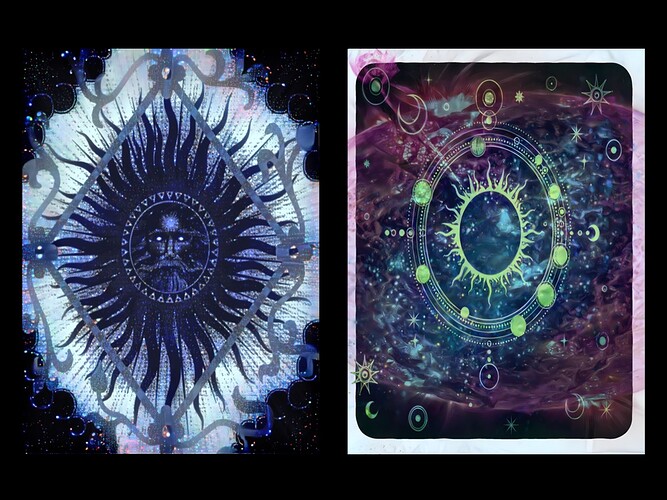”In this chapter are given translations of Hymns that were sung in the temples in honour of the great gods of Egypt between 1600 B.C. and 900 B.C., and of Hymns that were used by kings and private individuals.
The following Hymn to Amen-Rā is found in a papyrus preserved in the Egyptian Museum in Cairo;
I. A Hymn to Amen-Ra,
the Bull, dweller in Anu, chief of all the gods,
the beneficent god, beloved one,
giving the warmth of life to all
beautiful cattle.
II. Homage to thee, Amen-Ra, Lord of the throne of Egypt.
Master of the Apts (Karnak).
Kamutef at the head of his fields.
The long-strider, Master of the Land of the South.
Lord of the Matchau (Nubians), Governor of Punt,
King of heaven, first-born son of earth,
Lord of things that are, stablisher of things (i.e. the universe), stablisher of all things.
III. One in his actions, as with the gods,
Beneficent Bull of the Company of the Gods (or of the Nine Gods),
Chief of all the gods,
Lord of Truth, father of the gods,
maker of men, creator of all animals,
Lord of things that are, creator of the staff of life,
Maker of the herbage that sustaineth the life of cattle.
IV. Power made by Ptah,
Beautiful child of love.
The gods ascribe praises to him.
Maker of things celestial [and] of things terrestrial, he illumineth Egypt,
Traverser of the celestial heights in peace.
King of the South, King of the North, Ra, whose word is truth, Chief of Egypt.
Mighty in power, lord of awe-inspiring terror,
Chief, creator of everything on earth,
Whose dispensations are greater than those of every other god.
V. The gods rejoice in his beautiful acts.
They acclaim him in the Great House (i.e. the sky).
They crown him with crowns in the House of Fire.
They love the odour of him,
when he cometh from Punt.
Prince of the dew, he traverseth the lands of the Nubians.
Beautiful of face, [he] cometh from the Land of the God.
VI. The gods fall down awestruck at his feet,
when they recognise His Majesty their Lord.
Lord of terror, great one of victory,
Great one of Souls, mighty one of crowns.
He maketh offerings abundant, [and] createth food.
Praise be unto thee, creator of the gods.
Suspender of the sky, who hammered out the earth.
VII. Strong Watcher, Menu-Amen,
Lord of eternity, creator of everlastingness,
Lord of praises, chief of the Apts (Karnak and Luxor), firm of horns, beautiful of faces.
VIII. Lord of the Urrt Crown, with lofty plumes,
Whose diadem is beautiful, whose White Crown is high.
Mehen and the Uatchti serpents belong to his face.
His apparel (?) is in the Great House,
the double crown, the nemes bandlet, and the helmet.
Beautiful of face, he receiveth the Atef crown.
Beloved of the South and North.
Master of the double crown he receiveth the ames sceptre.
He is the Lord of the Mekes sceptre and the whip.
IX. Beautiful Governor, crowned with the White Crown,
Lord of light, creator of splendour,
The gods ascribe to him praises.
He giveth his hand to him that loveth him.
The flame destroyeth his enemies.
His eye overthroweth the Seba devil.
It casteth forth its spear, which pierceth the sky, and maketh Nak to vomit (?) what it hath swallowed.
X. Homage to thee, Ra, Lord of Truth.
Hidden is the shrine of the Lord of the gods.
Khepera in his boat
giveth the order, and the gods come into being.
[He is] Tem, maker of the Rekhit beings,
however many be their forms he maketh them to live,
distinguishing one kind from another.
XI. He heareth the cry of him that is oppressed.
He is gracious of heart to him that appealeth to him.
He delivereth the timid man from the man of violence.
He regardeth the poor man and considereth [his] misery.
XII. He is the lord Sa (i.e. Taste); abundance is his utterance.
The Nile cometh at his will.
He is the lord of graciousness, who is greatly beloved.
He cometh and sustaineth mankind.
He setteth in motion everything that is made.
He worketh in the Celestial Water,
making to be the pleasantness of the light.
The gods rejoice in [his] beauties,
and their hearts live when they see him.
XIII. He is Ra who is worshipped in the Apts.
He is the one of many crowns in the House of the Benben Stone.*
He is the god Ani, the lord of the ninth-day festival.
The festival of the sixth day and the Tenat festival are kept for him.
He is King, life, strength, and health be to him! and the Lord of all the gods.
He maketh himself to be seen in the horizon,
Chief of the beings of the Other World.
His name is hidden from the gods who are his children,
in his name of “Amen.”
XIV. Homage to thee, dweller in peace. Lord of joy of heart, mighty one of crowns,
lord of the Urrt Crown with the lofty plumes,
with a beautiful tiara and a lofty White Crown.
The gods love to behold thee.
The double crown is stablished on thy head.
Thy love passeth throughout Egypt.
Thou sendest out light, thou risest with [thy] two beautiful eyes.
The Pāt beings [faint] when thou appearest in the sky,
animals become helpless under thy rays.
Thy loveliness is in the southern sky,
thy graciousness is in the northern sky.
Thy beauties seize upon hearts,
thy loveliness maketh the arms weak
thy beautiful operations make the hands idle,
hearts become weak at the sight of thee.
XV. [He is] the Form One, the creator of everything that is.
The One only, the creator of things that shall be.
Men and women proceeded from his two eyes. His utterance became the gods.
He is the creator of the pasturage wherein herds and flocks live,
[and] the staff of life for mankind.
He maketh to live the fish in the river,
and the geese and the feathered fowl of the sky.
He giveth air to the creature that is in the egg. He nourisheth the geese in their pens.
He maketh to live the water-fowl,
and the reptiles and every insect that flieth.
He provideth food for the mice in their holes,
he nourisheth the flying creatures on every bough.
XVI. Homage to thee, O creator of every one of these creatures,
the One only whose hands are many.
He watcheth over all those who lie down to sleep,
he seeketh the well-being of his animal creation,
Amen, establisher of every thing,
Temu-Herukhuti.
They all praise thee with their words,
adorations be to thee because thou restest among us,
we smell the earth before thee because thou hast fashioned us.
XVII. All the animals cry out, “Homage to thee.”
Every country adoreth thee,
to the height of heaven, to the breadth of the earth,
to the depths of the Great Green Sea.
The gods bend their backs in homage to thy Majesty,
to exalt the Souls of their Creator,
they rejoice when they meet their begetter.
They say unto thee,
“Welcome, O father of the fathers of all the gods,
suspender of the sky, beater out of the earth,
maker of things that are, creator of things that shall be,
King, life, strength, and health be to thee! Chief of the gods, we praise thy Souls,
inasmuch as thou hast created us. Thou workest for us thy children,
we adore thee because thou restest among us.”
XVIII. Homage to thee, O maker of everything that is.
Lord of Truth, father of the gods,
maker of men, creator of animals,
lord of the divine grain, making to live the wild animals of the mountains.
Amen, Bull, Beautiful Face,
Beloved one in the Apts,
great one of diadems in the House of the Benben Stone,
binding on the tiara in Anu (On),
judge of the Two Men (i.e. Horus and Set) in the Great Hall.
XIX. Chief of the Great Company of the gods,
One only, who hath no second,
President of the Apts,
Ani, President of his Company of the gods,
living by Truth every day,
Khuti, Horus of the East.
He hath created the mountains, the gold
[and] the real lapis-lazuli by his will,
the incense and the natron that are mixed by the Nubians,
and fresh myrrh for thy nostrils.
Beautiful Face, coming from the Nubians,
Amen-Rā, lord of the throne of Egypt,
President of the Apts,
Ani, President of his palace.
XX. King, One among the gods.
[His] names are so many, how many cannot be known.
He riseth in the eastern horizon, he setteth in the western horizon.
XXI. He overthroweth his enemies at dawn, when he is born each day.
Thoth exalteth his two eyes.
When he setteth in his splendour the gods rejoice in his beauties,
and the Apes (i.e. dawn spirits) exalt him.
Lord of the Sektet Boat and of the Āntet Boat,
they transport thee [over] Nu in peace.
Thy sailors rejoice
when they see thee overthrowing the Seba fiend,
[and] stabbing his limbs with the knife.
The flame devoureth him, his soul is torn out of his body,
the feet (?) of this serpent Nak are carried off.
XXII. The gods rejoice, the sailors of Rā are satisfied.
Anu rejoiceth,
the enemies of Temu are overthrown.
The Apts are in peace.
The heart of the goddess Nebt-ānkh is happy,
[for] the enemies of her Lord are overthrown.
The gods of Kher-āha make adorations [to him].
Those who are in their hidden shrines smell the earth before him,
when they see him mighty in his power.
XXIII. [O] Power of the gods,
[lord of] Truth, lord of the Apts,
in thy name of “Maker of Truth.”
Lord of food, bull of offerings,
in thy name of “Amen-Ka-mutef,”
Maker of human beings,
maker to be of …, creator of everything that is
in thy name of “Temu Khepera.”
XXIV. Great Hawk, making the body festal.
Beautiful Face, making the breast festal,
Image … with the lofty Mehen crown.
The two serpent-goddesses fly before him.
The hearts of the Pāt beings leap towards him.
The Hememet beings turn to him.
Egypt rejoiceth at his appearances.
Homage to thee, Amen-Ra, Lord of the throne of Egypt.
His town [Thebes] loveth him when he riseth.
The following extract is taken from a work in which the power and glory of Amen are described in a long series of Chapters; the papyrus in which it is written is in Leyden.
"[He, i.e. Amen], driveth away evils and scattereth diseases.
He is the physician who healeth the eye without [the use of] medicaments.
He openeth the eyes, he driveth away inflammation (?)…
He delivereth whom he pleaseth, even from the Tuat (the Other World).
He saveth a man from what is ordained for him at the dictates of his heart.
To him belong both eyes and ears, [he is] on every path of him whom he loveth.
He heareth the petitions of him that appealeth to him.
He cometh from afar to him that calleth [before] a moment hath passed.
He maketh high (i.e. long) the life [of a man], he cutteth it short.
To him whom he loveth he giveth more than hath been fated for him.
[When] Amen casteth a spell on the water, and his name is on the waters, if this name of his be uttered the crocodile hath no power.
The winds are driven back, the hurricane is repulsed.
At the remembrance of him the wrath of the angry man dieth down.
He speaketh the gentle word at the moment of strife.
He is a pleasant breeze to him that appealeth to him.
He delivereth the helpless one.
He is the wise (?) god whose plans are beneficent…
He is more helpful than millions to the man who hath set him in his heart.
One warrior [who fighteth] under his name is better than hundreds of thousands.
Indeed he is the beneficent strong one.
He is perfect [and] seizeth his moment; he is irresistible…
All the gods are three, Amen, Ra and Ptah, and there are none like unto them.
He whose name is hidden is Amen.
Ra belongeth to him as his face, and his body is Ptah.
Their cities are established upon the earth for ever, [namely,] Thebes, Anu (Heliopolis), and Hetkaptah (Memphis).
When a message is sent from heaven it is heard in Anu, and is repeated in Memphis to the Beautiful Face (i.e. Ptah).
It is done into writing, in the letters of Thoth (i.e. hieroglyphs), and despatched to the City of Amen (i.e. Thebes), with their things. The matters are answered in Thebes…
His heart is Understanding, his lips are Taste, his Ka is all the things that are in his mouth.
He entereth, the two caverns are beneath his feet.
The Nile appeareth from the hollow beneath his sandals.
His soul is Shu, his heart is Tefnut. He is Heru-Khuti in the upper heaven.
His right eye is day.
His left eye is night.
He is the leader of faces on every path.
His body is Nu.
The dweller in it is the Nile, producing everything that is, nourishing all that is.
He breatheth breath into all nostrils.
The Luck and the Destiny of every man are with him.
His wife is the earth, he uniteth with her, his seed is the tree of life, his emanations are the grain."
The following extracts from Hymns to the Sun-god and Osiris are written in the hieratic character upon slices of limestone now preserved in the Egyptian Museum in Cairo.
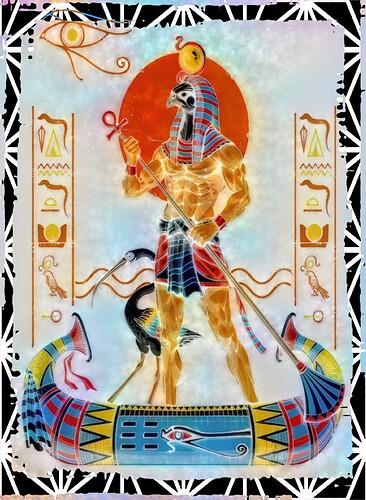
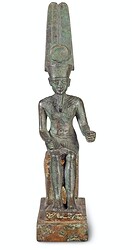
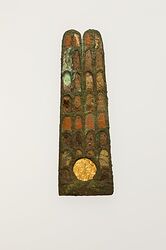


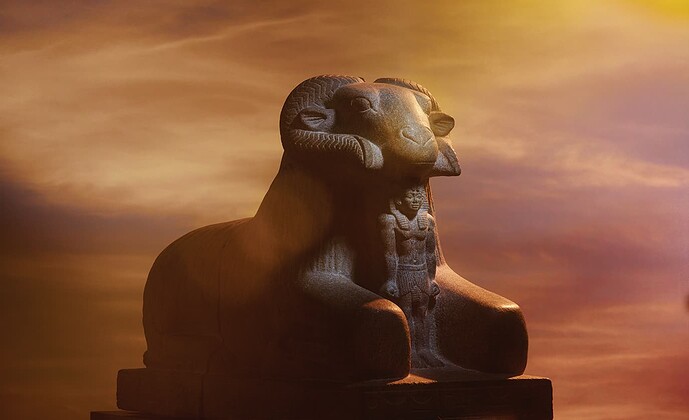
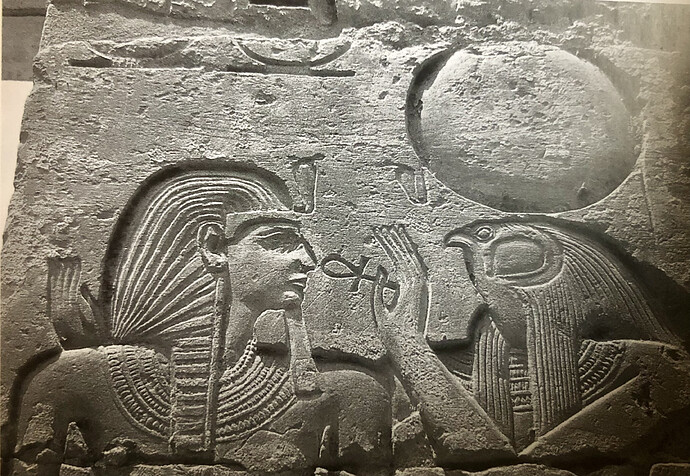
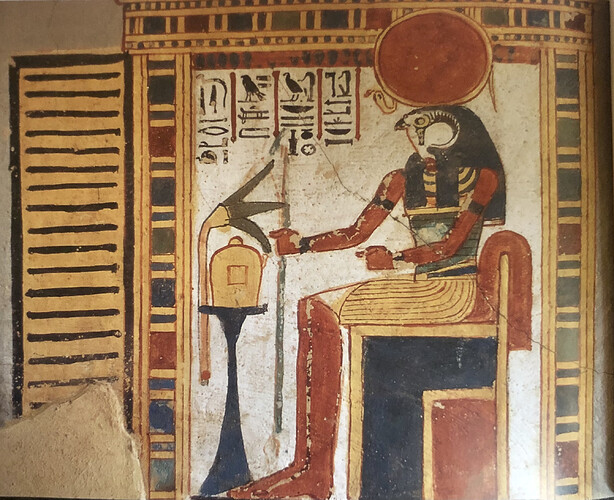
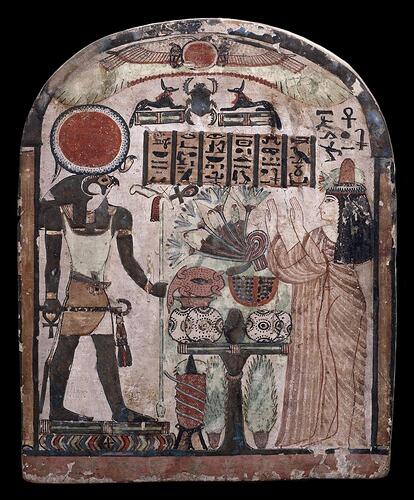


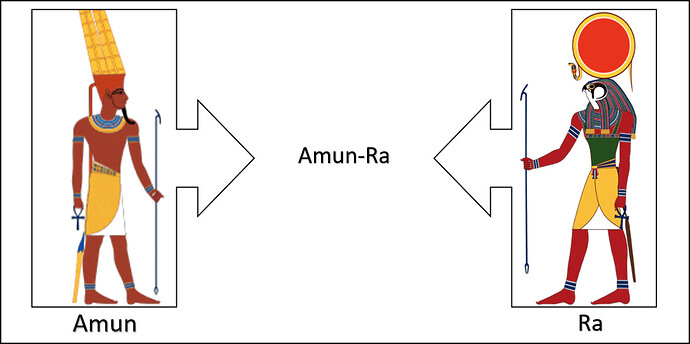
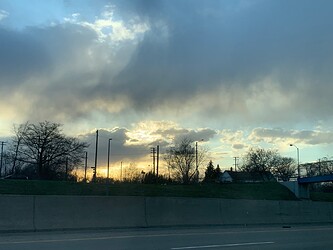
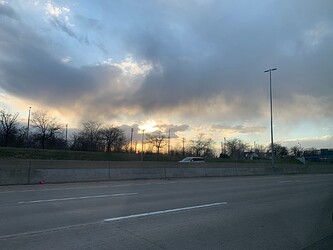
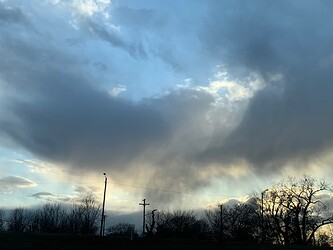

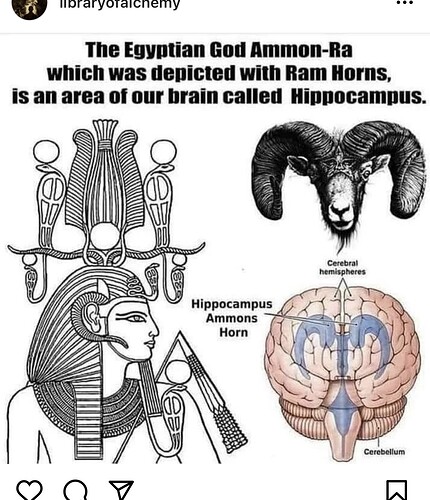
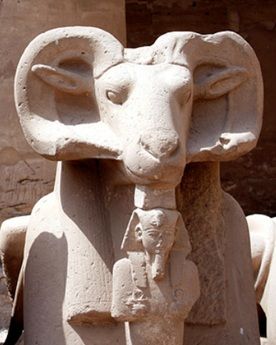



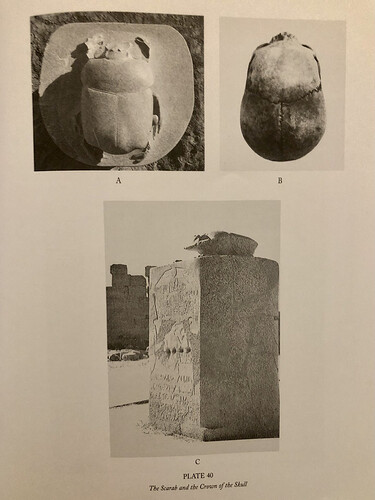



 Push it/pull it like never before
Push it/pull it like never before 
